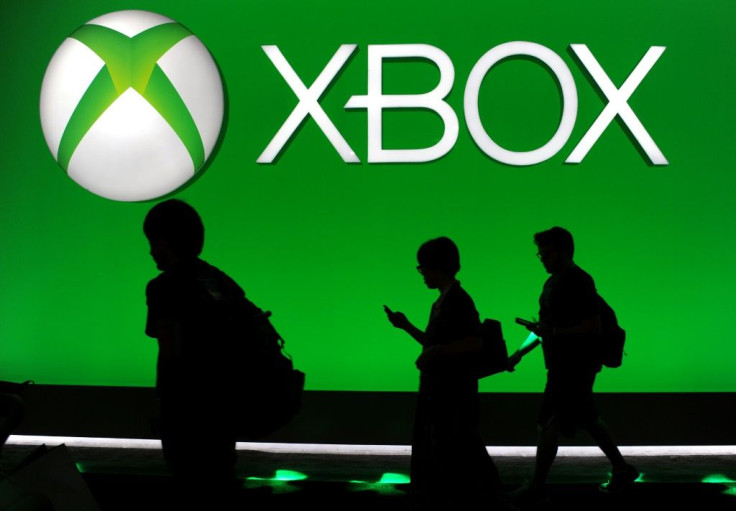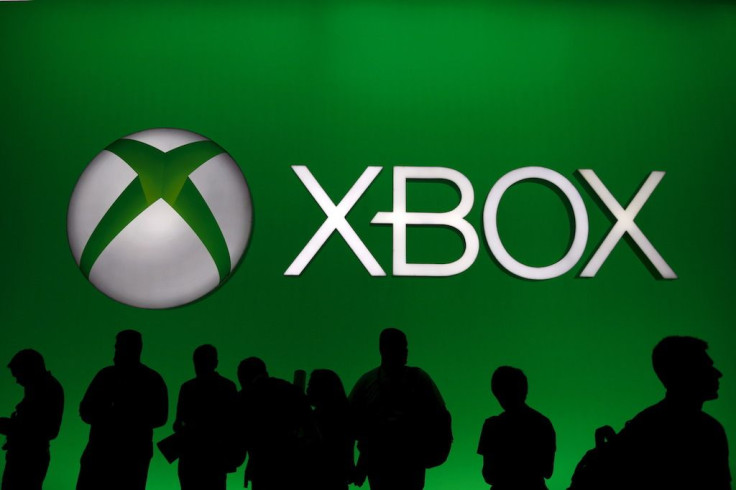Xbox Bosses Talk Strategy For Buying Game Studios

KEY POINTS
- Xbox has acquired several game studios in recent years but there has been some strategy involved with those purchases
- Microsoft executive vice-president for gaming Phil Spencer and Xbox Studios boss Matt Booty share several insights into why and how some of those purchases were made
- "Limited integration" is one strategy that has worked for Microsoft when assimilating studios int the fold, striking a balance between outright acquisition and joining a bigger organization
With competition heating up once again between Sony and Microsoft over their next-gen gaming consoles, you might think each is just swallowing gaming studios left and right.
Compulsion Games, Double Fine, InXile, Ninja Theory, Obsidian, Playground Games, and Undead Labs have all joined the Microsoft family in the last few years, the fruits of a spending spree. Still, there was an air of caution amidst the celebrations over these acquisitions.
"If you look at the list, you can find our lineage with many of those studios," explains Microsoft's executive vice president of gaming Phil Spencer to gamesindustry.biz. "Take Ninja Theory -- we did 'Kung Fu Chaos' with them when they were Just Add Monsters on the original Xbox. You think about our relationship with Tim Schafer around Psychonauts and some of the Kinect work that he did. So it starts from a relationship that has been built.
"The other thing that gave us confidence is the track record we had with studios. Mojang was a big point for us, where it was obviously a large acquisition, with an incredible franchise in "Minecraft." But "Minecraft" is not a non-complex product. It's on a lot of platforms, it is very community-led. Our ability to integrate Mojang and grow "Minecraft" also gave us confidence,” Spencer said.
Xbox spent $2.5 billion in acquiring Mojang, so proper integration was necessary for the deal to work out.
Mojang studio head Helen Chang credits Xbox Studios boss Matt Booty for that. "How Matt integrated Mojang really helped set the stage for how Xbox acquired and integrated all of the additional studios. Before, Microsoft acquired companies in a specific way. And this not only set the foundation for additional game studios but when you look at LinkedIn and GitHub, they also have this minimally integrated approach. That really was something that Mojang set the foundation for," Chang said.
Limited integration -- or "unplugged studios" -- is the strategy of allowing developers to effectively stay as they are, only with the financial firepower and support of the larger business. This idea proved attractive to many of the new acquisitions.
InXile boss Brian Fargo gives an example of Microsoft's approach to the new teams. "I knew what I wanted to do next. It was a category we loved, it was a unique opportunity in the marketplace, and I had all the ancillary information as to why I felt it was a great idea. I prepared the whole thing, I sat with Matt and said here is what we want to do, and he said 'if that's what you want to do, then great'. It was over in like 60 seconds. That was wild for me because we're used to this six-month process of back-and-forth with a million questions -- with things like 'how many pieces of art will there be?'
Booty explains that what Microsoft is focused on is helping these studios take their next step, whatever that may be. Some might want to become bigger outfits, whereas others have more specific goals.
"With ‘Psychonauts 2,’ we could see the end of our budget coming up, and so we had cut a lot of stuff," Double Fine boss Tim Schafer explains. "We had cut our boss fights. Now we are able to put those back in, and we're like 'we think people would have noticed if we didn't have those boss fights'. Being able to complete the game in the way that it was meant to be was very important.
Obsidian head Feargus Urquhart feels that the benefit of limited integration works both ways, as it allows Microsoft to learn from how these previously independent teams operate.
"The established Microsoft studios, they have another way of looking at development. I am going to be hyperbolic, but you have limited resources versus infinite resources, and how do different groups deal with that? To be honest, a lot of what I've had to do with Microsoft is back off saying 'we can only spend 17 cents on that'. Not that we should spend 17,000 cents on that, but I need to think longer term. And sometimes being an independent studio involves thinking shorter term.
The first results of these new acquisitions are now beginning to appear, with the likes of Ninja Theory's “Bleeding Edge,” Obsidian's “Grounded,” InXile's “Wasteland 3” and Double Fine's “Psychonauts 2.”
All of these games will be included in the Xbox Game Pass subscription service, which prompted Microsoft to buy these studios in the first place. Much like with any successful subscription service, Game Pass needs a regular supply of different content.
With seven new studios and a far stronger release slate, Booty and Spencer have switched focus from buying studios to integrating the ones it has. But that doesn’t mean they’ve completely stopped, says gamesindustry.biz.
"We acquired quite a few new studios in a short amount of time, and we want to make sure that those studios are on-boarded in the right way," Spencer concluded. "As Matt and I were talking about it, we just wanted to make sure that we treated the incoming studios as full parts of the organization. That they felt supported.
"The Game Pass portfolio and subscriber base continues to grow. We're launching a new console. Last year was our biggest year ever on PC in terms of revenue as Xbox Game Studios. A lot of the business is doing really well, so we're always in the market for new opportunities with studios," Spencer said.

© Copyright IBTimes 2025. All rights reserved.





















